Ercole and Caco Florence



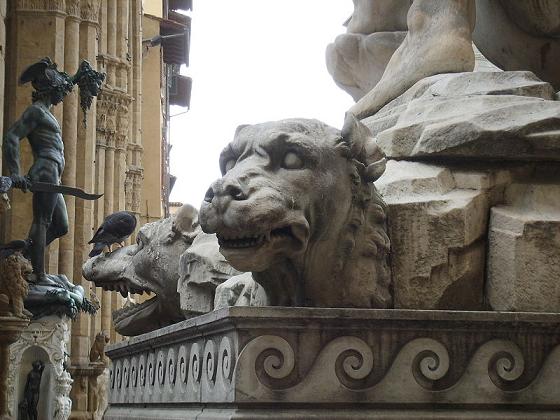




Piazza della Signoria - Firenze
0
The sculptural group of Ercole and Caco was made by Baccio Bandinelli, commissioned by Clemente VII and Alessandro dei Medici, and was placed in July 1534 in front of the Palazzo Vecchio door next to the statue of David, on the side of San Pier Scheraggio, as already foreseen in the project to which Michelangelo had been interested in 1508.
"Caco, the evil being, looks at the Michelangelo's David, as if it were Goliath, Hercules supports his head by the hair and looks towards Giuditta, almost waiting for the final blow that, before him, the Donatella heroine, mortifera winner of evil, is about to vibrate "(Claudio Pizzorusso). The marble group of Hercules and Caco, was placed in front of the David to signify the victory over the internal enemies of the Medici, as the first on the external ones; it is another symbol dear to the Florentines, who considered the founding demigod of the city; the work has been the subject of criticism and praise since the time of its placement.
The sculptural group that is completely exposed to the action of atmospheric agents presents the grayish surface due to the presence of stratifications due to atmospheric dirt and biological formations.
As with the nearby statue of Michelangelo's David, the deposits on the Ercole and Caco will also be the subject of scientific investigations to ascertain their nature.
The general appearance rendered by the vision of the whole appears darker than the David probably due to the protective, microcrystalline wax, perhaps applied in excessive quantities during the last restoration of 1994; in any case, it is necessary to note the need for a highly protective system for the chemical-physical action of rain on the stone surface of the sculptural group. Some images before the last restoration show how the blackish layers of the type commonly called 'black crust' were formed only in limited areas of the modeling that remain undercut, such as on the throat of Hercules and in the inguinal part of Caco, to demonstrate how much rain reaches almost the entire surface.
Since the position of the Bandinellian group is similar to that of David, the effects of the degradation phenomena are also almost the same.
On it we find the striations, generally with vertical lines, also due to the flow of rainwater. At a more detailed observation, it seems that the lines along which the surface has been engraved are more numerous than those on the David, reflecting the longer exposure time of the Ercole and Caco that was placed in front of Palazzo Vecchio in the 1534, compared to the copy of the David placed in 1910.
In the lower part of the sculpted sculpture in imitation of rocky terrain, the biological patina is more extensive, which finds in the less polished marble processing an environmental situation favorable to the birth and development of micro-vegetation. On each face of the base, with a rectangular plan, a marble faun is carved in bas-relief; on the sides of the fauns there are two red stone mirrors - marls of the saffron - which despite having lost their superficial smoothness can be considered in fair conditions of conservation.
As in other works by Bandinelli there are also numerous inserts (twenty) in marble, which the artist used in his operative technique.
Particular significance assumes the narrow club by Ercole which appears to have been made of aluminum covered with stucco to imitate marble, during the restoration of 1948. The stucco coating was removed during the last restoration dating back to 1994 to underline the belief that the original club was made of bronze, perhaps gilded, as the architect Carlo Francini states in the advertising volume from Alinea in 1999.
The Francini hopes, in the paragraph concerning the restoration of the group, that the aluminum club can be substituted with another in bronze, obtained from a new model, executed examining the original one visible in photographic images dating back to the thirties of the twentieth century.
Where we are
Others Monuments
Previous
Next
-
Area: Centro storico
-
Area: Centro storico
-
Area: Centro storico
-
Area: Periferia
-
Area: Centro storico
-
Area: Centro storico
-
Area: Centro storico
-
Area: Centro storico
-
Area: Periferia
-
Area: Centro storico
-
Area: Centro storico
-
Area: Centro storico
-
Area: Centro storico
-
Area: Centro storico
-
Area: Centro storico
-
Area: Centro storico
-
Area: Periferia
-
Area: Centro storico
-
Area: Centro storico
-
Area: Centro storico
-
Area: Centro storico
-
Area: Centro storico
-
Area: Semi-Centro





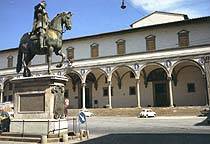
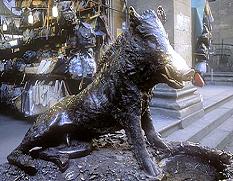


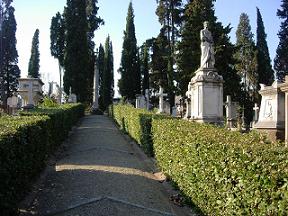

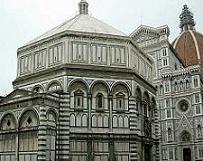
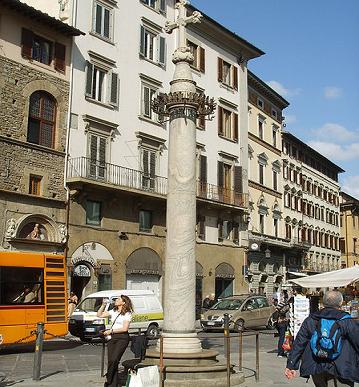
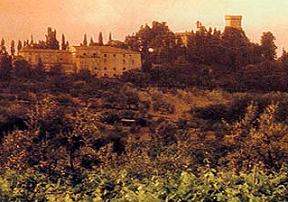
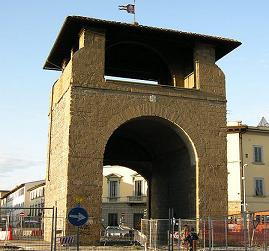

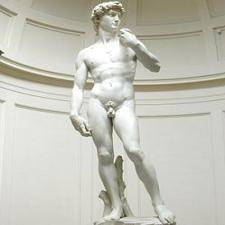
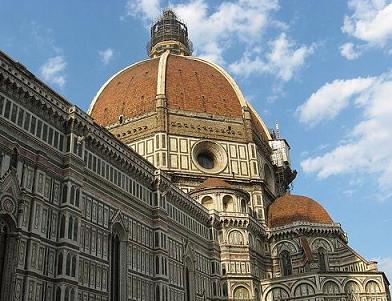
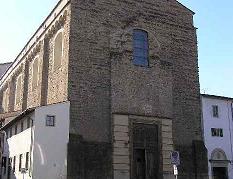
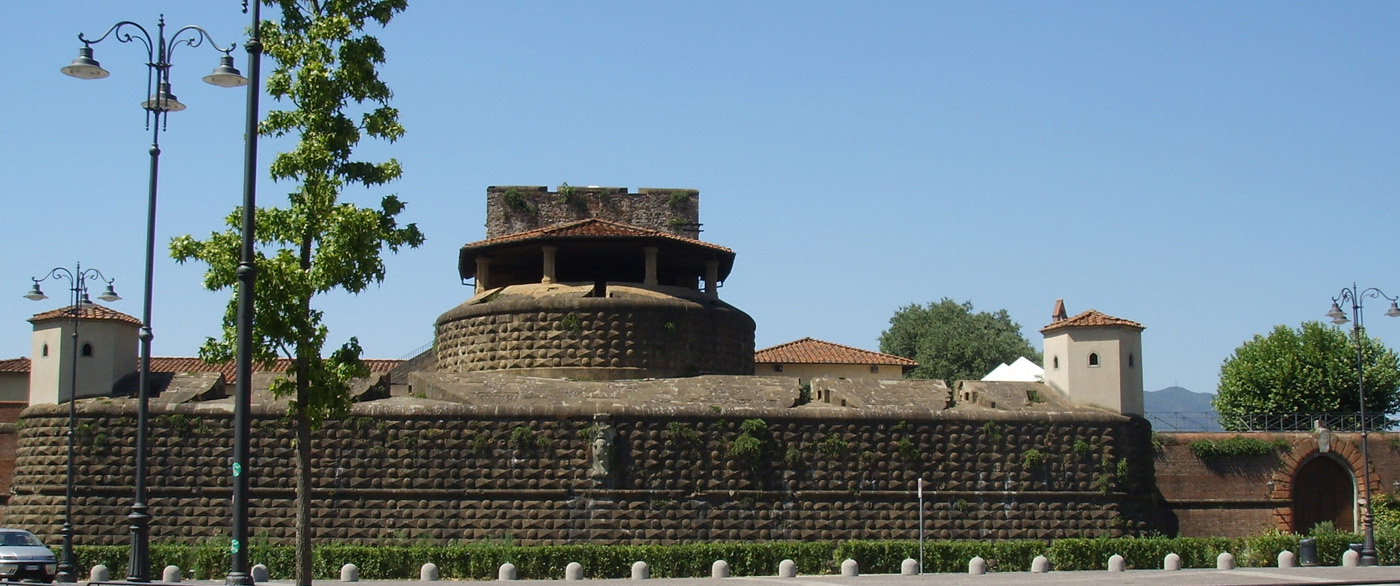
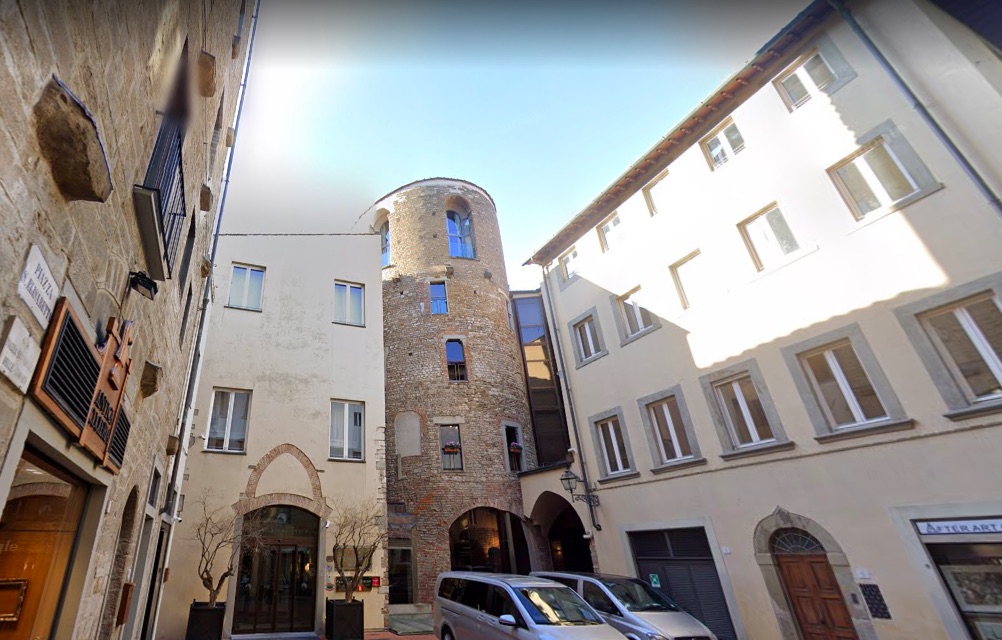

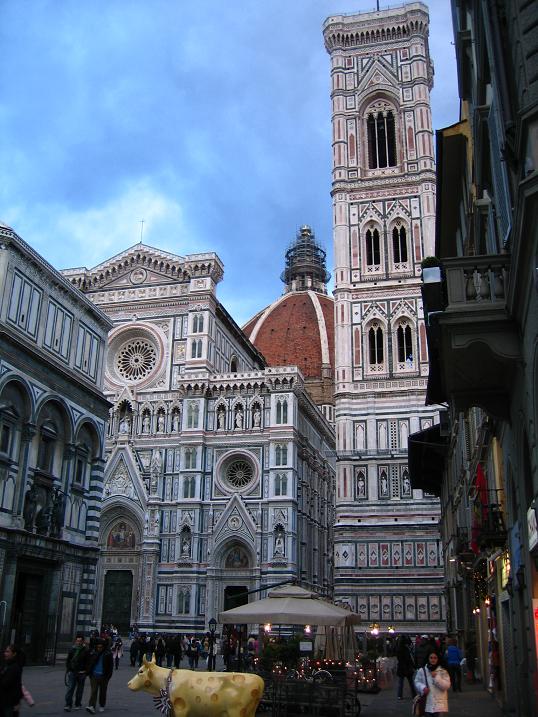
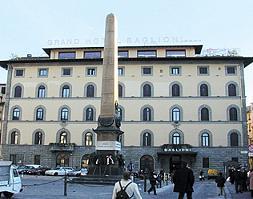
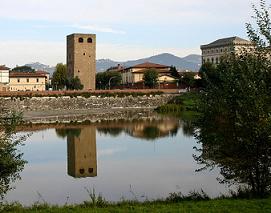
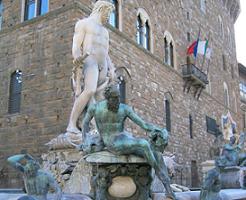
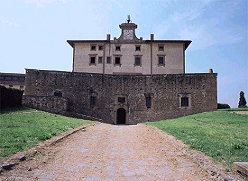
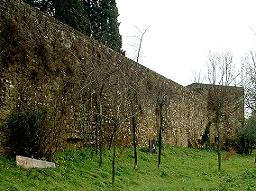
Comments